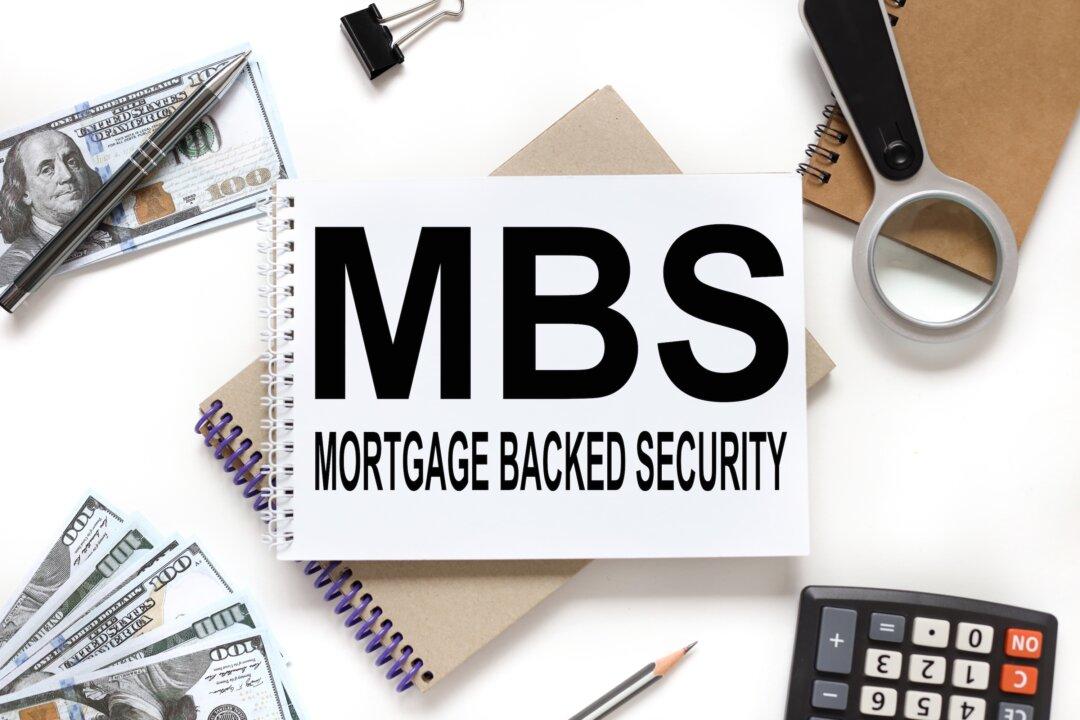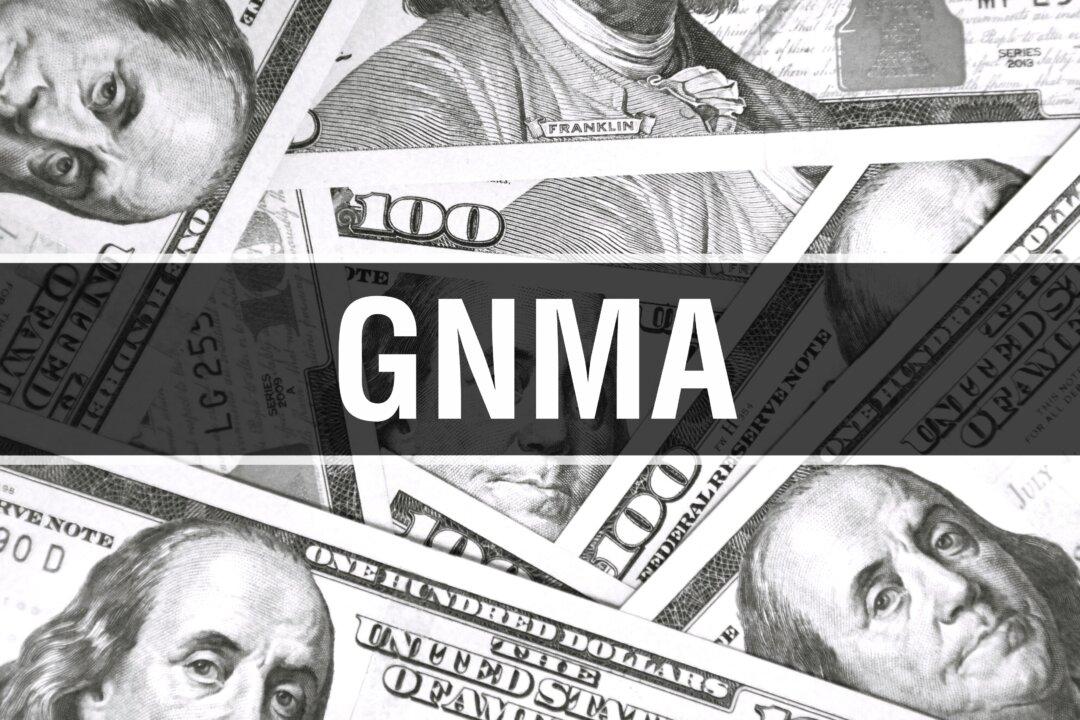Premiums & Discounts
New bonds are issued at “par,” which means price is equal to the face value of the bond. Like any other bond or security, MBS bonds may be resold and traded in the secondary market. If you are buying a bond in the secondary market, it may be priced at par, at a discount or at a premium based on how interest rates have changed since the bond was issued.
Par: If interest rates in the marketplace have not changed since the bond was issued, the bond will likely trade at close to par, which is the face value of the bond.
Discount: When market interest rates increase, it reduces the value of bonds that were previously issued with lower interest rates. Why would an investor buy your older bond yielding 2 percent when similar new bonds are being issued with a 3 percent yield? The only way to attract a buyer would be to discount the price so the effective yield would match the current market rates.
Premium: On the other hand, if interest rates drop in the market, then your higher yielding “old” bonds will increase in market value. This is because the market will adjust the value of your bond to reflect that it accrues interest higher than the market rate. Investors would rather buy your higher-yielding bonds than the new lower-yielding bonds, and they will pay more for it.
Principal Paydown: Of course, the price will also reflect how much of the bond has already been paid off. Principal and interest payments are collected and distributed to bond holders each month, so as the bond ages, the principal due on the bond is paid down and the value of the bond is reduced.
Keep in mind that these price fluctuations only apply if you sell your bond. As long as you hold the bond to the end of its term (to“maturity”), you will be paid all of the principal and interest. You will see a “paper loss” or “paper gain” on your monthly brokerage statements, which list the current market value of each bond, but you will not incur the gain or loss unless you sell the bond before it matures.
Types of MBS Bonds
MBS bonds are created or “issued” by a variety of government and private entities. Characteristics and risks of the MBS vary depending on the issuer, so it is critical for investors to be familiar with each type of MBS. There are four general types of mortgage backed securities:
1. Government National Mortgage (“GNMA” or “Ginnie Mae) is an agency of the federal government created to ensure that mortgage loans are available throughout the country. GNMA bonds are guaranteed by the “full faith and credit” of the United States Treasury, so even if every mortgage in the pool were to default, the investors would still be paid in full. The only down-side is that the bonds are sold in $25,000 minimum increments, as opposed to the other MBS bonds that are offered in $1,000 increments. GNMA bonds can be bought for less than $25,000 on the secondary market as they are paid down and closer to maturity. Individual investors can also buy a GNMA mutual fund or ETF, but they differ significantly from an individual bond.
2. Federal National Mortgage Association (“FNMA” or “Fannie Mae”) is a publicly owned corporation that was formed by the federal government to increase and support the secondary market for home mortgages. It buys mortgages from banks. It is also not a government agency, and the bonds are not explicitly guaranteed by the US Treasury, so they are considered slightly riskier than GNMA.
Although it is not a governmental agency, it was formed by the federal government and its bonds are guaranteed by FNMA as the issuer. It is widely considered that FNMA is “too big to fail,” so investors generally believe that the federal government would not allow it to default on its MBS bonds. Accordingly, the market deems these bonds to be “implicitly” guaranteed by the fed and extremely secure, so these bonds yield just slightly more than fully guaranteed GNMA bonds. FNMA Bonds are issued in $1,000 increments.
3. Federal Home Loan Mortgage Corporation (“FHLMC” or “Freddie Mac”) is also a publicly owned corporation that was formed by the federal government to increase the home mortgage market. Like FNMA, Freddie Mac is widely considered to be “too big to fail,” so the public considers the bonds to be extremely secure. Freddie Mac bonds are also issued in $1,000 increments.
4. Private mortgage-backed securities. Large financial institutions like Goldman Sachs and J.P. Morgan Chase create private mortgage-backed securities, based on pools of mortgages that are held in a trust for bond holders. The government has no involvement, so there is no direct or implied government guarantee, and these bonds accordingly carry a higher yield. These “private label” bonds may be offered with insurance that greatly reduces risk.





